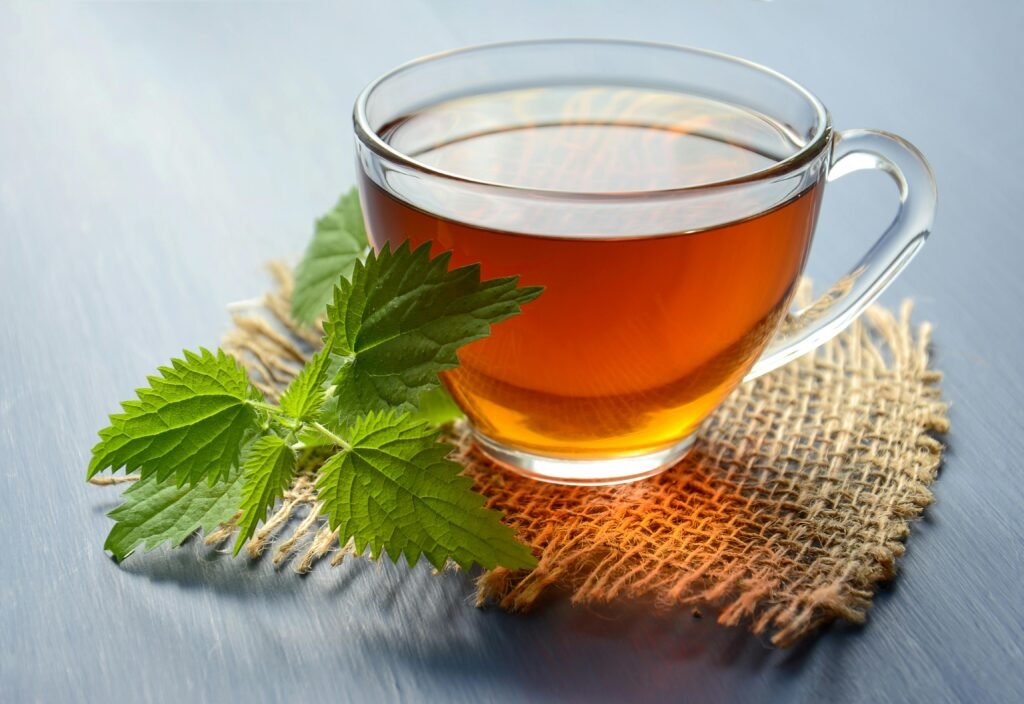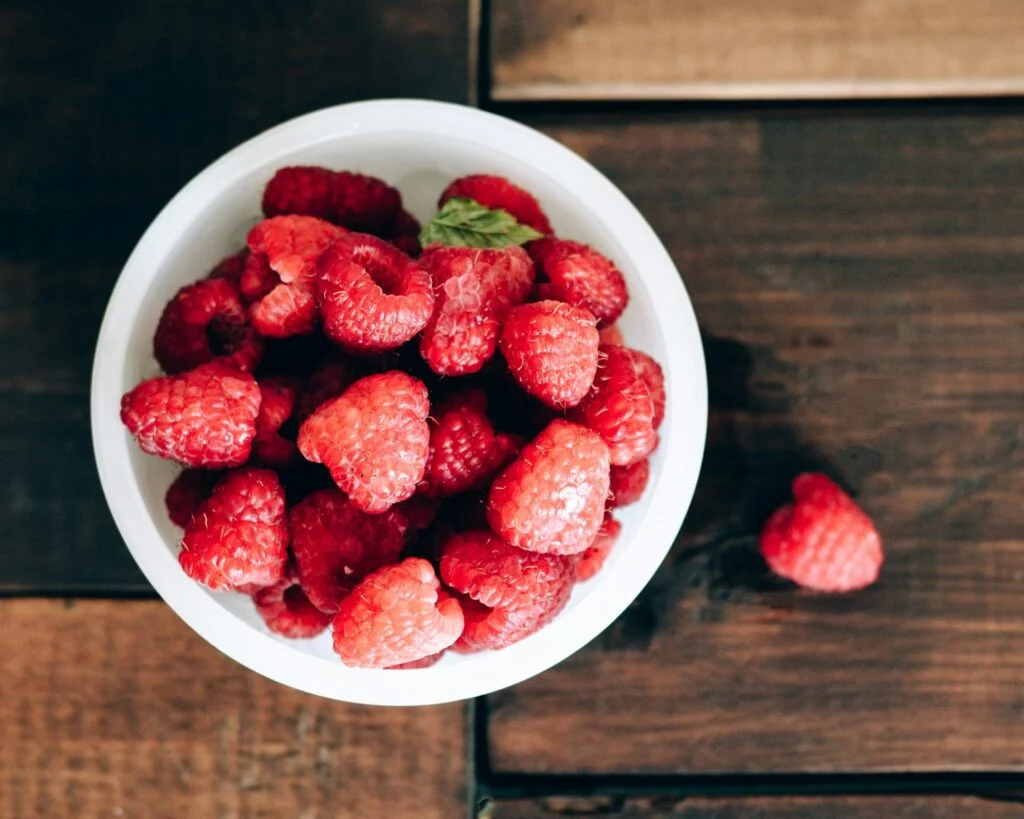High blood pressure is a common condition, affecting the quality of life of many people. The Paleolithic diet, based on the eating habits of our ancient ancestors, has re-gained attention recently for its potential health benefits. Research suggests that adopting a Paleo diet may contribute to lower blood pressure levels and improved cardiovascular health.
The Paleo diet for high blood pressure emphasizes whole, unprocessed foods such as lean meats, fish, fruits, vegetables, nuts, and seeds. By eliminating grains, dairy, and processed foods, this approach aims to reduce inflammation and promote overall well-being. Studies have shown that following a Paleolithic diet can lead to higher insulin sensitivity and lower C-reactive protein levels, both of which are associated with better blood pressure control.
Implementing Paleo principles for managing hypertension involves more than just changing what’s on your plate. It encompasses a holistic approach to health, including regular physical activity and stress management. By focusing on nutrient-dense foods and eliminating potential inflammatory triggers, individuals may experience improvements in their cardiovascular risk factors, including blood pressure.
Key Takeaways
- The Paleo diet may help lower blood pressure through its emphasis on whole, unprocessed foods.
- Adopting Paleo principles can lead to improved insulin sensitivity and reduced inflammation.
- A holistic approach combining diet, exercise, and stress management is key for managing hypertension.
Understanding High Blood Pressure
High blood pressure, or hypertension, is a common condition that affects blood vessels and can lead to serious health complications. Age, family history, and lifestyle factors all play certain roles in its development and management.
The Role of Diet in Blood Pressure Management
Diet significantly impacts blood pressure levels, as shown in systematic review and meta-analysis studies. The Paleolithic diet has shown promise in lowering blood pressure compared to cereal-based diets. This approach emphasizes whole foods that our ancestors might have consumed.
A high-potassium diet can reduce blood pressure by an average of 2.8/1.1 mm Hg in all participants. In individuals with hypertension, the reduction can be even more significant, averaging 7.2/2.8 mm Hg.
Reducing sodium intake and increasing consumption of fruits, vegetables, and lean proteins can help manage blood pressure. These dietary changes support overall cardiovascular health and may reduce the need for medication in some cases.
Assessing Risk: How BP Affects Health
High blood pressure puts strain on the heart and blood vessels, increasing the risk of heart disease, stroke, and kidney problems. Regular monitoring is the first step in early detection and management.
Risk factors for hypertension include:
- Age (risk increases with age)
- Family history
- Obesity
- Sedentary lifestyle
- High-sodium diet
- Excessive alcohol consumption
- Chronic stress
Cardiovascular diseases are often linked to diets and lifestyles that conflict with our evolutionary adaptations. Understanding these connections can help individuals make informed choices about their health.
Regular check-ups and lifestyle modifications can significantly reduce the risks associated with high blood pressure. Early intervention and consistent management are key to maintaining long-term cardiovascular health.
Fundamentals of the Paleo Diet
The Paleo diet for high blood pressure emphasizes whole, unprocessed foods that our ancestors would have consumed by hunting and gathering before small-scale farming began. It focuses on nutrient-dense options while eliminating modern processed foods and agricultural products.
Key Components and Food Choices
The Paleo diet centers around lean meats, fish, fruits, vegetables, nuts, and seeds. These foods form the foundation of daily meals and snacks. Grass-fed beef, wild-caught fish, and free-range poultry are preferred protein sources.
Leafy greens, cruciferous vegetables, and colorful fruits provide essential vitamins and minerals. Nuts and seeds offer healthy fats and protein. Eggs from pasture-raised chickens are also included.
The Paleo diet for hypertension excludes grains, legumes, dairy, and any processed foods. Sugar and artificial sweeteners are avoided. Instead, natural sweeteners like honey or maple syrup are used sparingly.
Differences from Modern Dietary Patterns
The Paleo diet for hypertension diverges significantly from typical modern eating habits, featuring lower carbs and sodium and higher fiber and antioxidants.
Grains and dairy products, staples in many modern diets, are absent from the Paleo approach. This includes bread, pasta, milk, and cheese. The diet also restricts legumes, including beans and peanuts.
Sodium intake is naturally lower on the Paleo diet due to the absence of processed foods, aligning with dietary guidelines for Americans. Healthy fats from nuts, seeds, and avocados replace the trans fats and refined vegetable oils prevalent in modern diets.
The Paleo diet for hypertension encourages higher consumption of fruits and vegetables compared to typical Western diets. This increase in plant-based foods provides more fiber, vitamins, and antioxidants.
The Paleo Diet’s Impact on High Blood Pressure
Potential Benefits of Paleo Diet for High Blood Pressure
The Paleo diet’s impact on blood pressure is linked to its nutrient composition and food choices. Studies have shown that following a Paleolithic-style diet can lead to improvements in blood pressure readings. This effect may be attributed to the diet’s naturally lower sodium content and higher potassium intake.
The diet encourages consumption of fresh fruits and vegetables, which are rich in nitrates and are essential food groups for heart health. These compounds can be converted to nitric oxide in the body, helping to relax and dilate blood vessels. This process may contribute to lower blood pressure readings.
Weight loss, often associated with adopting a Paleo diet, can also play a role in blood pressure reduction. As individuals shed excess pounds, the strain on their cardiovascular system typically decreases.
The Paleo diet is rich in several nutrients that are essential for blood pressure regulation. Potassium, abundant in fruits and vegetables, helps counteract the effects of sodium and supports healthy blood pressure levels.
Magnesium, found in nuts, seeds, and leafy greens, aids in relaxing blood vessels and regulating blood pressure. Research indicates that the Paleo diet can increase HDL cholesterol levels, which may indirectly support cardiovascular health.
Fiber, prevalent in the fruits, vegetables, and nuts emphasized in the Paleo diet, can help maintain a healthy weight and support overall cardiovascular function. This dietary component may indirectly contribute to better blood pressure management.
Implementing Paleo Diet for High Blood Pressure
Adopting a Paleolithic diet can be an effective strategy for managing high blood pressure. This approach emphasizes whole, unprocessed foods and eliminates modern dietary elements that may contribute to hypertension.
Creating a Personalized Paleo Diet Plan
A Paleolithic-type diet can have positive effects on blood pressure. To create a personalized plan, individuals should focus on lean meats, fish, fruits, vegetables, nuts, and seeds. These foods are rich in potassium, magnesium, and fiber, which help regulate blood pressure.
It’s crucial to eliminate processed foods, grains, dairy, and added sugars. These items often contain high levels of sodium and unhealthy fats that can exacerbate hypertension.
A typical Paleo meal might include:
- Grilled salmon with roasted vegetables
- Lean beef stir-fry with mixed greens
- Fruit salad with mixed nuts for snacks
Portion control is essential. While Paleo foods are nutritious, overconsumption can lead to weight gain, potentially impacting blood pressure.
Combining Diet with Lifestyle Modification
Diet alone may not be sufficient to manage hypertension. Exercise training adds cardiometabolic benefits to a Paleolithic diet in individuals with type 2 diabetes, which often coexists with hypertension.
Regular physical activity, such as brisk walking, swimming, or cycling for 30 minutes daily, can significantly lower blood pressure. Strength training twice a week complements cardiovascular exercise, improving overall heart health.
Stress management techniques are equally important:
- Practice meditation or deep breathing exercises
- Engage in yoga or tai chi
- Ensure 7-9 hours of quality sleep nightly
Reducing alcohol consumption and quitting smoking are crucial steps in blood pressure management. These lifestyle changes, combined with a Paleo diet, create a holistic approach to controlling hypertension and promoting overall wellness.

Frequently Asked Questions
Is the Paleo diet good for blood pressure?
The Paleo diet can be beneficial for blood pressure as it emphasizes whole foods, lean proteins, and vegetables, which can contribute to lower blood pressure. However, the diet can be high in red meat and saturated fats, which may not be ideal for everyone, especially those with existing cardiovascular issues. It’s important to monitor your specific health conditions and consult a healthcare provider before making significant dietary changes.
What is the best diet for a high blood pressure patient?
The DASH (Dietary Approaches to Stop Hypertension) diet is widely recommended for people with high blood pressure. It focuses on fruits, vegetables, whole grains, and low-fat dairy while limiting sodium, red meat, and sugary foods and drinks. The Mediterranean diet, rich in fruits, vegetables, whole grains, and healthy fats like olive oil, is also beneficial for managing high blood pressure.
What are 5 negatives from the Paleo diet?
1. High in Saturated Fats: Depending on how it’s followed, the Paleo diet can be high in saturated fats due to the emphasis on meat, which may increase the risk of heart disease if not balanced with leaner protein sources.
2. Low in Carbohydrates: The diet restricts grains and legumes, which can result in a lower intake of fiber and essential nutrients, leading to digestive issues or nutrient deficiencies.
3. Expensive: The cost of high-quality meats, fresh vegetables, and organic produce can make the Paleo diet more expensive compared to other eating plans.
4. Social and Practical Challenges: The strict nature of the diet can make social eating and dining out difficult, as many foods are off-limits.
5. Potential for Nutrient Deficiencies: The exclusion of dairy and grains can lead to a deficiency in calcium, vitamin D, and other essential nutrients unless carefully planned.





